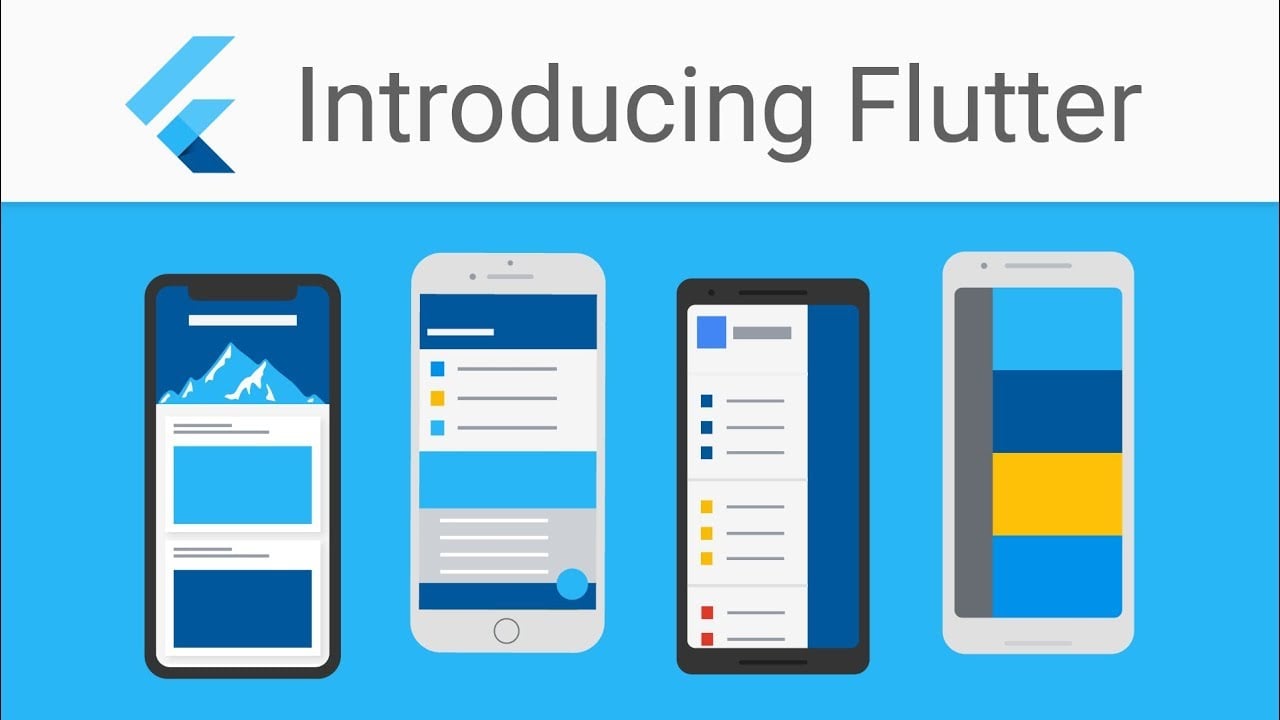Speed Up Native Development As Google Flutter Comes Out Of Beta

During cross-platform mobile development, developers must choose between either developing the same app multiple times for different operating systems, or to create a compromise that trades native speed and accuracy for portability, compatibility, and not to mention the included mess of non-native code.

Here Flutter provides a solution that gives app developers the best of both worlds: hardware-accelerated graphics and UI, powered by native ARM code, which can target both iOS and Android operating systems.
Flutter is an open source project with a BSD-style license which includes the contributions of hundreds of developers from around the world. Flutter uses the standard Android and iOS build tools, and can access everything from the underlying operating system, including code and UI wrote in Kotlin or Java on Android and Swift or Objective-C on iOS.
According to their website, Flutter outlines 3 major features of the platform:
- Fast Development– Paint your app to life in milliseconds with stateful Hot Reload. Use a rich set of fully-customizable widgets to build native interfaces in minutes.
- Expressive and Flexible UI – Quickly ship features with a focus on native end-user experiences. Layered architecture allows for full customization, which results in incredibly fast rendering and expressive and flexible designs.
- Native Performance – Flutter’s widgets incorporate all critical platform differences such as scrolling, navigation, icons and fonts to provide full native performance on both iOS and Android.
Flutter 1.0 Features:
- Flutter is an app engine that can either be embedded into an existing app or used to build an entirely new app and does not replace the traditional Apple and Android app models when developing mobile apps.
- It lets you control every pixel on the screen, it allows overlaying and animating graphics, video, text, and controls. It’s powered by the hardware-accelerated Skia 2D graphics engine that powers Chrome and Android.
- Flutter 1.0 also introduces a stateful hot reload, where app developers can make changes to an app’s code and see the results instantly without the need to restart the app or lose its current state.
- Flutter code is powered by the Dart platform, which enables compilation to native 32-bit and 64-bit ARM code for iOS and Android.
- Flutter uses Dart platform 2.1, which is an update to Dart 2 that offers smaller code size, faster type checks, and offers a better usability for type errors.
Bringing Flutter 1.0 out of beta is just the beginning, and Google has no intention of stopping. Now that the first stable release is out, Google can begin adding more to Flutter’s future functionality.
Image Credits: Flutter


